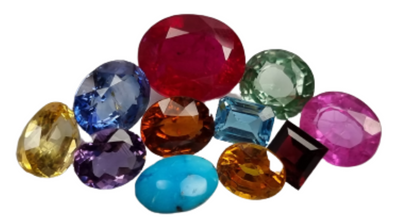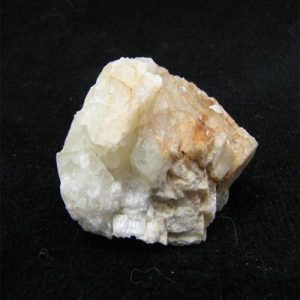Sellaite: Gemstones Information
Sellaite, a relatively rare and lesser-known mineral, holds significance in the realm of gemology and mineralogy despite its modest recognition. Below is a comprehensive overview of Sellaite, exploring its characteristics, occurrence, uses, and value.
Characteristics:
Sellaite belongs to the mineral class of halides, specifically fluorides. Its chemical composition comprises magnesium fluoride (MgF2), where magnesium substitutes for calcium in the calcium fluoride (CaF2) crystal lattice, giving it a distinct composition. Structurally, it crystallizes in the isometric system, typically forming cubic or octahedral crystals. Its coloration ranges from colorless to white or pale yellow, and it often exhibits vitreous luster when polished. Sellaite boasts remarkable transparency, allowing light to pass through with minimal dispersion.
Occurrence:
The primary occurrence of Sellaite is closely associated with ultramafic and mafic igneous rocks, particularly those rich in magnesium, such as peridotites and serpentinites. It forms under high-temperature and pressure conditions in hydrothermal veins or metasomatic environments, where fluorine-rich fluids interact with magnesium-rich host rocks. Sellaite can also be found in association with other fluorine-bearing minerals like fluorite and cryolite.
Significant deposits of Sellaite have been reported in various regions worldwide, including Norway, Sweden, Russia, Brazil, Pakistan, and the United States. However, commercial exploitation of Sellaite remains limited due to its scarcity and the challenges associated with extraction and processing.
Uses:
While Sellaite is not as widely utilized as other gemstones or industrial minerals, it holds some practical applications and scientific importance:
Gemology: Sellaite’s exceptional transparency and vitreous luster make it suitable for faceting into gemstones. However, its scarcity and lack of widespread recognition limit its popularity in the gemstone market. Sellaite gemstones, when cut and polished, exhibit a brilliance akin to diamonds, making them desirable to collectors and enthusiasts.
Scientific Research: Sellaite’s unique crystal structure and properties make it valuable for scientific studies, particularly in the field of crystallography and material sciences. Researchers use Sellaite crystals as a reference material for investigating crystal growth, optical properties, and phase transitions in fluorides and related compounds.
Optics: Due to its high refractive index and low dispersion, Sellaite has potential applications in optics and photonics. It can be employed in specialized lenses, prisms, and optical coatings, particularly in infrared spectroscopy and laser systems where its transparency to infrared radiation is advantageous.
Fluoride Source: Magnesium fluoride, the primary component of Sellaite, finds use as a source of fluoride in various industrial processes, including aluminum production, glass manufacturing, and ceramics.
Value:
Determining the precise value of Sellaite can be challenging due to its limited commercial availability and demand. However, several factors influence its worth:
Quality: The clarity, color, and size of Sellaite specimens significantly affect their value. Clear, colorless crystals with minimal inclusions command higher prices, especially in the gemstone market.
Size and Rarity: Large, well-formed Sellaite crystals are rare and highly sought after by collectors and researchers, thus commanding premium prices compared to smaller or fragmented specimens.
Market Demand: Despite its intrinsic beauty and scientific importance, Sellaite’s market demand remains relatively niche. However, growing interest in rare and unusual gemstones among collectors and enthusiasts could drive up its value over time.
Origin: Sellaite specimens originating from renowned localities or regions known for producing exceptional mineral specimens may fetch higher prices due to their provenance and reputation.
In conclusion, while Sellaite may not enjoy the widespread recognition or commercial value of more popular gemstones, its rarity, unique properties, and scientific significance contribute to its allure and appeal among collectors, researchers, and enthusiasts alike. As appreciation for rare and unconventional gemstones grows, Sellaite’s value and prominence in the world of minerals may continue to evolve.





